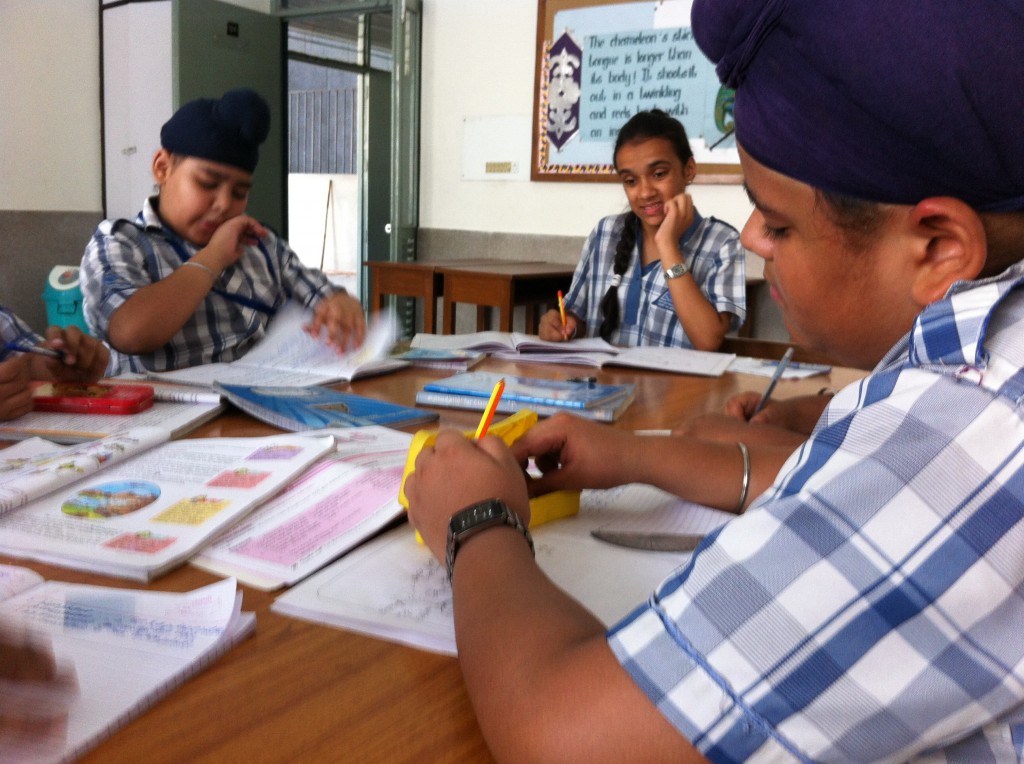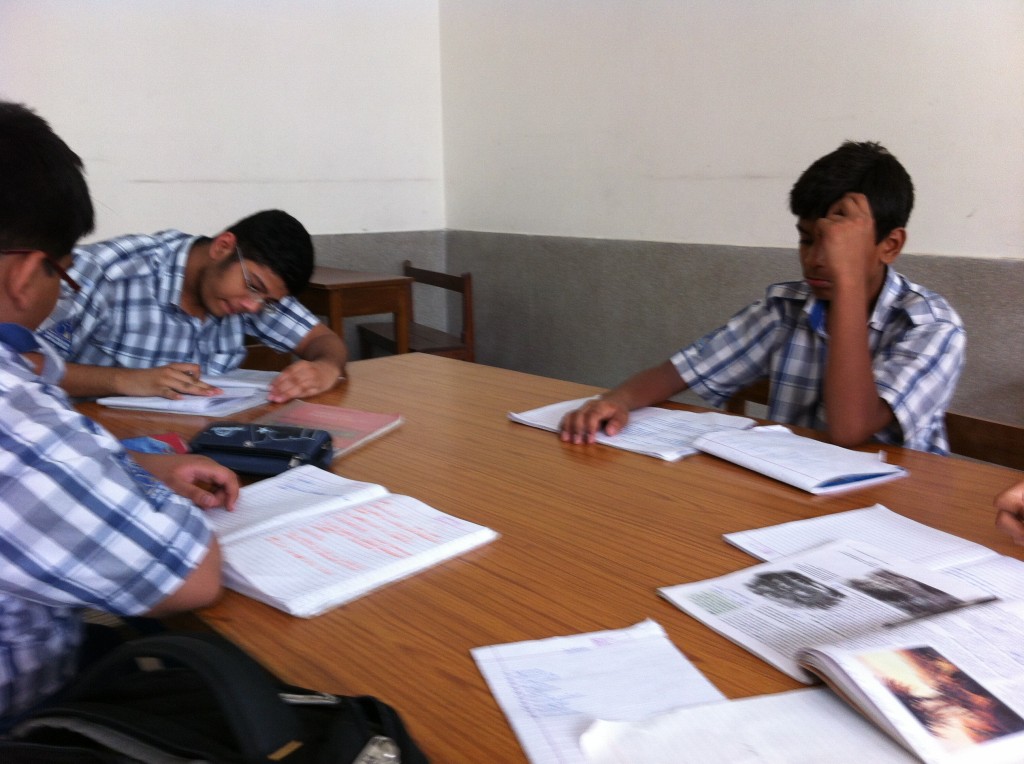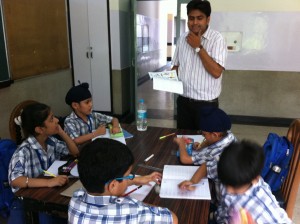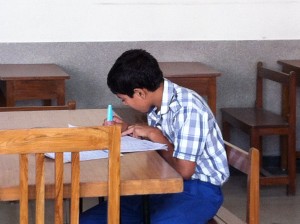It has been a while since my last post, so I’d like to begin this dispatch with a quick update: this past week, instead of teaching English classes as forecasted, I have been handling the special education/remedial education courses at New Era Public School by myself as a sort of introductory rite of passage before taking on the more specialized job of teaching a specific subject area. It’s a very rewarding place to teach, because the kids come and go in much smaller groups as opposed to the full class sizes (5-10 instead of 45-50 at a time), which allows me a large amount of time per day to give each child the individual attention required to assist them with their work.

This gives me much greater insight into the structure of the Indian school system because the children in my classroom range from 2nd to 8th grades, and have learning issues in different subject areas. There is rarely a case of me having to teach/tutor more than two students in each grade, and even in those cases, hardly do I ever have more than one student working on the same subject material. As a result, I get to conduct mini-teaching sessions with a wide-ranging demographic for a variety of different subjects varying from English to Social Studies to Science to Sanskrit, often tackling 3 or more subjects per 45 minute class period.
Contrary to my own initial thoughts, I now consider teaching/assisting different children with such a veritable smorgasbord of information as a great catalyst for creating an interesting work environment. The main thing it has taught me is this:
All kids are different.

Some kids are quicker to understand certain subjects. Some kids require the extra attention provided by a smaller work environment because they require a bit more clarification. Some kids have learning disabilities that make it difficult for them to comprehend assignments. They require more time to slowly and methodically absorb what they need to know about math or English or science.
And some kids are just lazy little buggers who don’t understand what it’s like to confront a teacher who absolutely refuses to have their patience worn down by their wanton misbehavior. For some kids, the whole daily grind of school just doesn’t make sense in any applicable way and they just follow the crowd because their parents tell them it’s school or bust.
All kids are different. But when they’re in the classroom, it’s not a teacher’s job to assimilate them into one total blob that needs to be taught the same stuff. A teacher is someone who understands the standard to which all of his or her students must be raised, and then to not lower that standard, but to work out the kinks in each student’s learning process and help them achieve what each sometimes doesn’t even know he or she is capable of.
In short, though I’d prefer the intellectual stimulation provided by older students, I have a greater appreciation for the profession of teaching than I ever had before. The only way to learn is by doing, I suppose.


